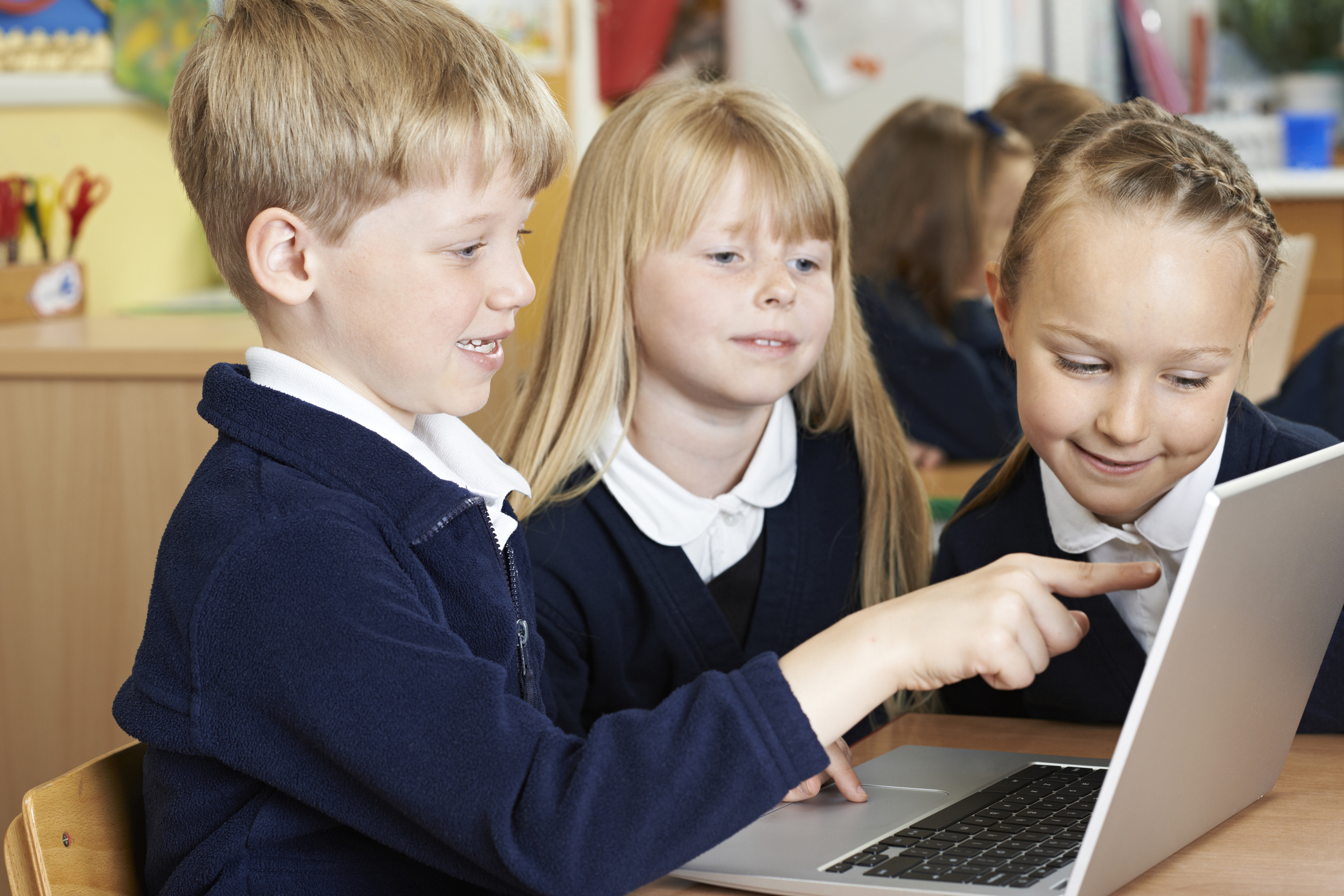
PARENTS and grandparents are more likely to be concerned about children being exposed to trolling or bad language online than grooming, according to a poll.
It also suggests that adults’ biggest fear about youngsters using the internet is bullying.
The poll, by the Mumsnet and Gransnet websites, also suggests that many have not talked specifically with their children about issues such as staying safe on social media networks or while using webcams and livestreaming.
Overall, nearly eight in 10 (78%) of the 1,000 parents and grandparents polled said that they were concerned about their child being exposed to sexual imagery or pornography – making this the most common worry.
Three in four (76%) said they were concerned about bullying, while the same proportion were worried about youngsters being exposed to unpleasant or aggressive people – such as trolls or bad language.
This was a higher percentage than said they were worried about youngsters being exposed to violent imagery (74%) and grooming (69%).
In addition, just under two thirds (63%) said they were concerned about child sexual exploitation, and the same proportions were worried about children making arrangements to meet strangers in real life, and issues to do with body image and self esteem.
Asked to give their biggest worry, the most common answer was bullying (19%) followed by grooming (18%).
The survey, which was carried out in connection with the Internet Watch Foundation, also found that while a third (34%) of those polled have talked specifically with their children about using webcams and livestreaming, 64% say they have not specifically discussed this use.
And just over half (53%) say they have not spoken specifically about staying safe on social media networks, while 46% have done so.
Mumsnet founder Justine Roberts said: “As the summer holidays get under way, the truth is that unsupervised internet use by children is as unremarkable as unsupervised CBeebies watching; for many parents it’s the only way we can get anything done between the end of July and the beginning of September.
“It’s clear, though, that parents need more information about the risks of livestreaming, and guidance on how to address the issue with their children.
“Our survey shows that carers worry about almost every aspect of online activity which perhaps inhibits them from identifying and dealing confidently with the most serious threats.”
The survey questioned 1,036 UK Mumsnet and Gransnet users with a child or grandchild aged 2-18 between May 30 and June 25.

Enjoy the convenience of having The Sunday Post delivered as a digital ePaper straight to your smartphone, tablet or computer.
Subscribe for only £5.49 a month and enjoy all the benefits of the printed paper as a digital replica.
Subscribe